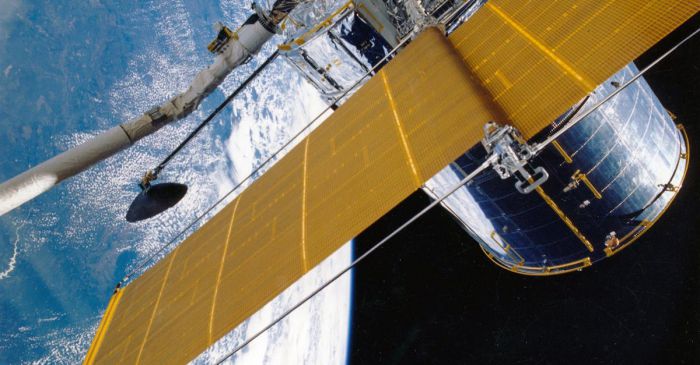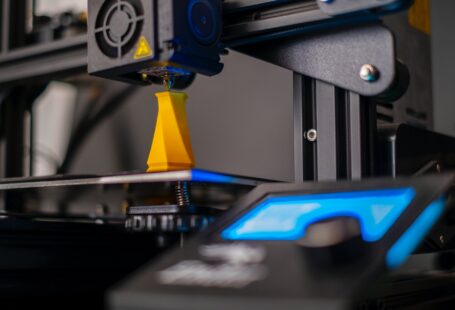The integration of 3D printing technology in the aerospace industry has revolutionized the way components are designed and manufactured. 3D printing is an advanced manufacturing technology that offers a range of benefits, including reduced material costs, time savings, and improved product quality. This technology has been widely adopted by the aerospace industry, and its applications are growing rapidly.
Advantages of 3D Printing in Aerospace
3D printing offers several advantages for the aerospace industry. First, the technology enables rapid prototyping, allowing engineers to quickly produce parts and test them without having to invest in costly manufacturing equipment. Additionally, 3D printing reduces the need for expensive tooling and labor, as parts can be produced from a digital design without the need for manual labor. Finally, 3D printing allows for the production of complex, lightweight components that are not possible with traditional manufacturing methods.
Applications of 3D Printing in Aerospace
The aerospace industry is increasingly utilizing 3D printing for a variety of applications. 3D printing can be used to produce parts such as engine components, airframes, and fuel tanks. Additionally, 3D printing can be used to produce intricate, lightweight components such as exhaust systems and heat shields. 3D printing has also been used to manufacture components for unmanned aerial vehicles (UAVs), as well as aircraft interior components such as seats and overhead bins.
Benefits of 3D Printing in Aerospace
The use of 3D printing in the aerospace industry has several benefits. First, 3D printing can reduce the amount of time needed to design and manufacture components, as well as reduce the cost of production. Additionally, 3D printing can reduce the weight of components, allowing for lighter aircraft designs. 3D printing also allows for the production of components with complex geometries that are not possible with traditional manufacturing methods. Finally, 3D printing can reduce the need for specialized tools and labor, as components can be produced from digital designs without the need for manual labor.
Future of 3D Printing in Aerospace
The use of 3D printing in the aerospace industry is expected to continue to grow in the coming years. As the technology matures, 3D printing will become increasingly cost-effective and efficient, allowing for higher-quality components to be produced at a lower cost. Additionally, 3D printing can enable the production of components with complex geometries that are not possible with traditional manufacturing methods. Finally, 3D printing can enable the production of components with improved performance characteristics, such as lighter weight and improved durability.
Conclusion
The integration of 3D printing technology in the aerospace industry has revolutionized the way components are designed and manufactured. 3D printing offers a range of benefits, including reduced material costs, time savings, and improved product quality. The aerospace industry is increasingly utilizing 3D printing for a variety of applications, from rapid prototyping to the production of complex, lightweight components. The use of 3D printing in the aerospace industry is expected to continue to grow in the coming years, as the technology matures and becomes increasingly cost-effective and efficient.





